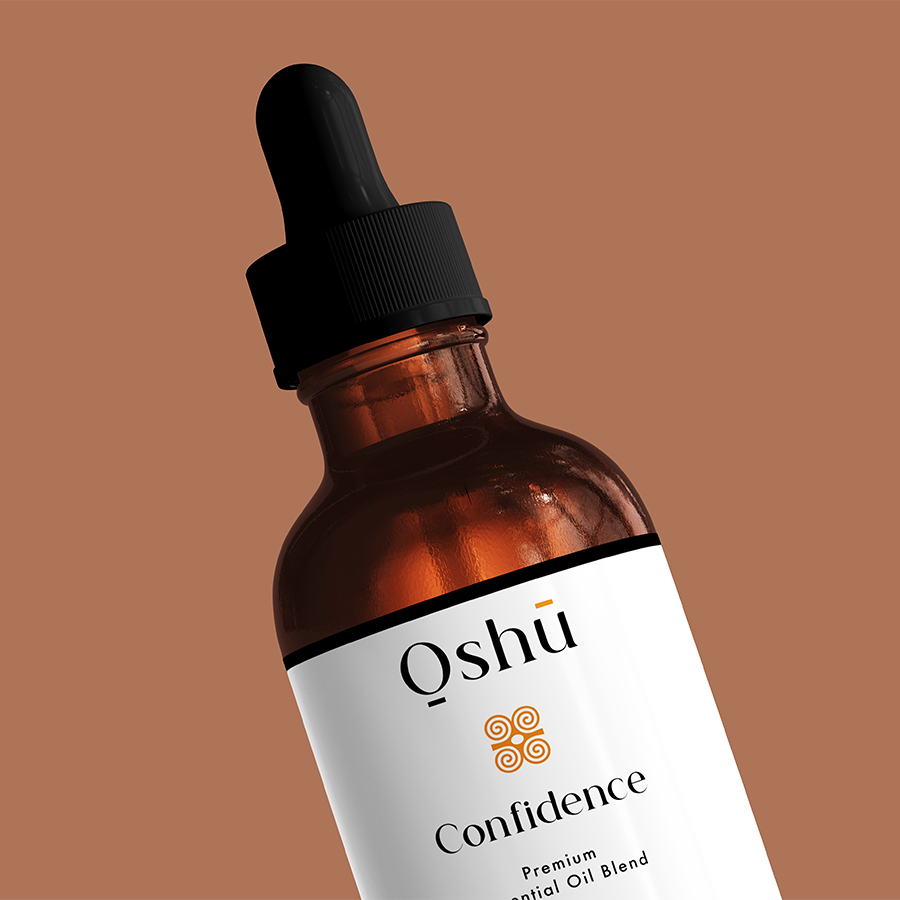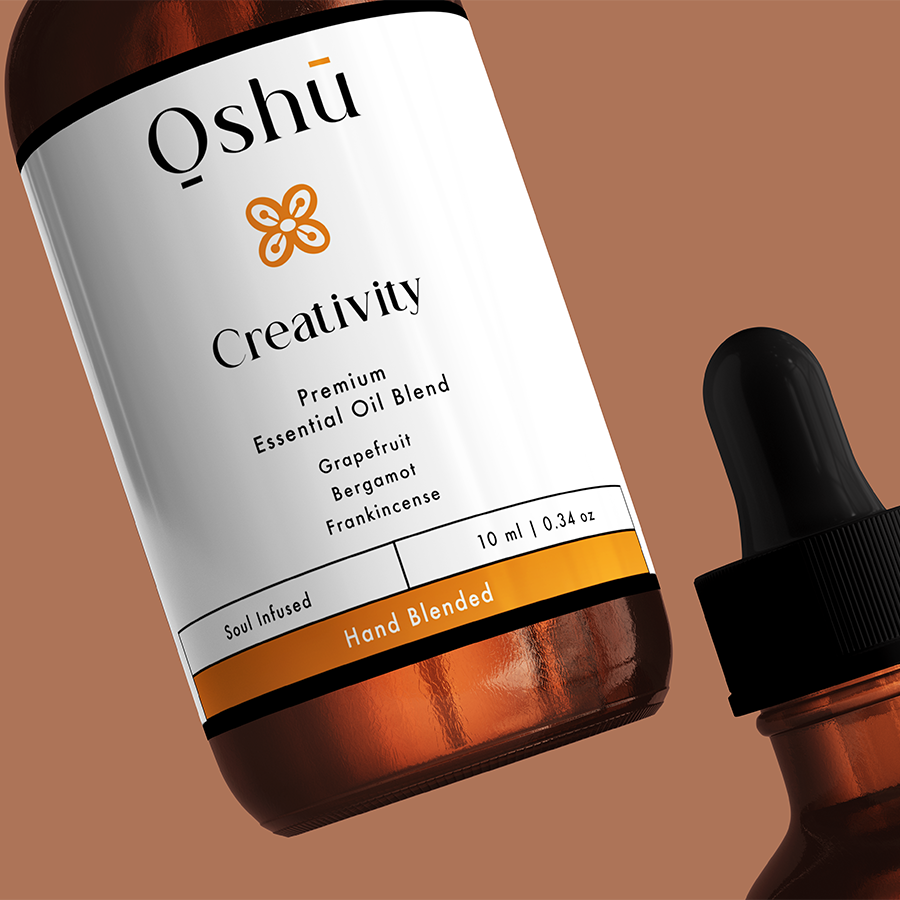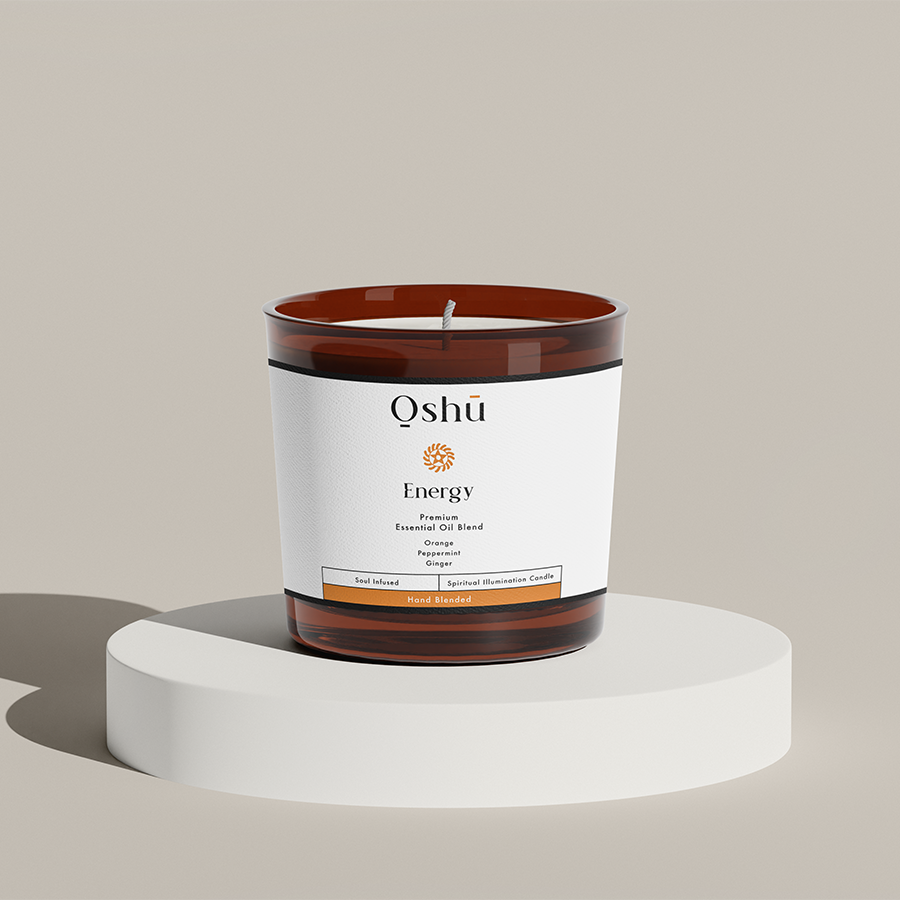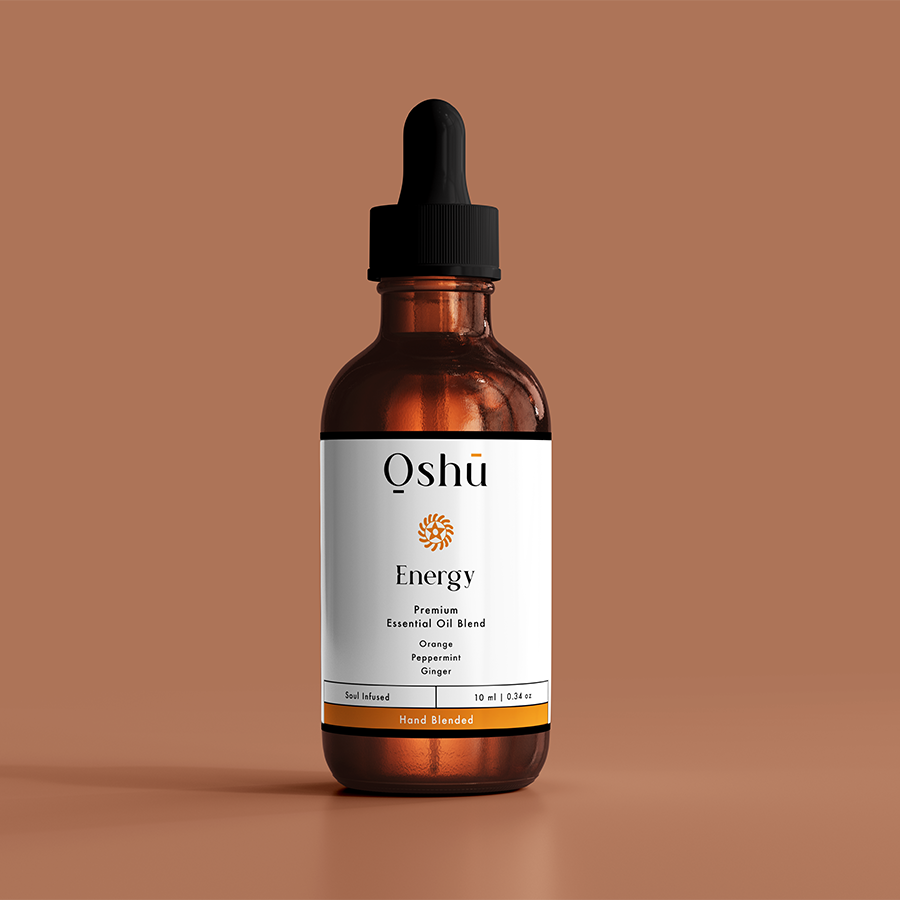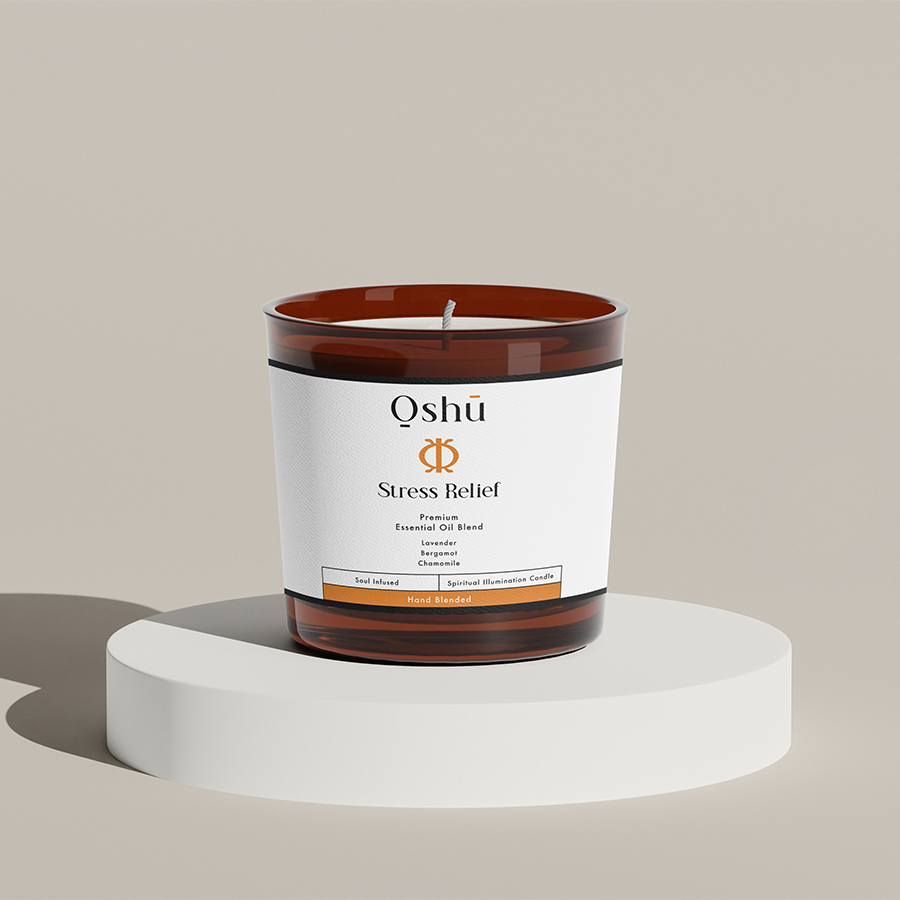Restless Legs Syndrome (RLS) is a neurological disorder characterized by an uncontrollable urge to move your legs, usually due to uncomfortable or unpleasant sensations. It can cause significant discomfort, disrupt sleep, and affect daily life. While there is no cure for RLS, essential oils can provide relief and alleviate symptoms. In this article, we’ll explore the benefits of essential oils for RLS and provide a recipe to help soothe and calm restless legs.
Table of Contents
- Causes and Symptoms of Restless Legs Syndrome
- Ingredients:
- Instructions:
- Peppermint Essential Oil:
- Lavender Essential Oil:
- Geranium Essential Oil:
- Bergamot Essential Oil:
- How Essential Oils Can Help with Restless Legs Syndrome
- Essential Oils Recipe for Restless Legs Syndrome
- The Benefits of Each Essential Oil in the Recipe
- Tips for Using Essential Oils with Restless Legs Syndrome
- Additional Lifestyle Changes to Help Manage Restless Legs Syndrome
- Frequently Asked Questions
Causes and Symptoms of Restless Legs Syndrome
The exact cause of RLS is unknown, but it’s often associated with genetics, iron deficiency, kidney problems, diabetes, and certain medications. Common symptoms include:
- Uncontrollable urge to move your legs, usually due to uncomfortable sensations like itching, tingling, or burning
- Restlessness, especially in the evening or at night
- Pain or discomfort in the legs
- Trouble sleeping or insomnia
- Fatigue and daytime sleepiness
How Essential Oils Can Help with Restless Legs Syndrome
Essential oils have natural therapeutic properties that can help alleviate RLS symptoms. They can:
- Reduce inflammation and pain
- Relax and calm the mind and body
- Improve sleep quality
- Reduce stress and anxiety
Essential Oils Recipe for Restless Legs Syndrome
Here’s a simple recipe to help soothe and calm restless legs using essential oils:
Ingredients:
- 2 tablespoons of carrier oil (coconut or sweet almond oil)
- 10 drops of Peppermint essential oil
- 10 drops of Lavender essential oil
- 10 drops of Geranium essential oil
- 5 drops of Bergamot essential oil
Instructions:
Mix the carrier oil with the essential oils in a small bowl. Massage the blend onto your legs, focusing on the affected areas, 2-3 times a day. You can also add a few drops of the blend to your bath water for a relaxing soak.
The Benefits of Each Essential Oil in the Recipe
Let’s explore the benefits of each essential oil in the recipe:
Peppermint Essential Oil:
Peppermint oil has a cooling effect that can help reduce pain and inflammation. It also has a calming effect on the mind and body, which can help reduce stress and anxiety.
Lavender Essential Oil:
Lavender oil is known for its calming and relaxing properties, which can help reduce restlessness and promote better sleep. It also has anti-inflammatory properties that can help soothe sore muscles.
Geranium Essential Oil:
Geranium oil has a balancing effect on the emotions and can help reduce anxiety and stress. It also has anti-inflammatory properties that can help soothe sore muscles and joints.
Bergamot Essential Oil:
Bergamot oil has a calming effect on the mind and body, which can help reduce anxiety and stress. It also has anti-inflammatory properties that can help soothe sore muscles and joints.
Tips for Using Essential Oils with Restless Legs Syndrome
Here are some tips to keep in mind when using essential oils for RLS:
- Always dilute essential oils with a carrier oil before applying to the skin
- Perform a patch test before using a new essential oil
- Start with small amounts and gradually increase as needed
- Consult with a healthcare professional before using essential oils, especially if you have a medical condition or take medications
Additional Lifestyle Changes to Help Manage Restless Legs Syndrome
In addition to using essential oils, there are several lifestyle changes that can help manage RLS:
- Establish a consistent sleep schedule and create a relaxing bedtime routine
- Exercise regularly, but avoid vigorous exercise before bedtime
- Avoid caffeine, nicotine, and alcohol, which can trigger RLS symptoms
- Try relaxation techniques like meditation, deep breathing, or yoga
- Manage stress and anxiety through journaling, therapy, or support groups
Restless Legs Syndrome can be a challenging condition to manage, but essential oils can provide relief and alleviate symptoms. By incorporating the recipe and tips mentioned in this article, you can find comfort and relaxation for your restless legs. Remember to always consult with a healthcare professional before using essential oils, especially if you have a medical condition or take medications. With patience, persistence, and the right essential oils, you can find relief from RLS and improve your overall quality of life.
Frequently Asked Questions
What are restless legs and how do essential oils help?
Restless legs syndrome (RLS) is a neurological disorder characterized by an uncontrollable urge to move your legs, usually due to uncomfortable or unpleasant sensations. Essential oils can help alleviate the symptoms of RLS by promoting relaxation, reducing muscle cramps, and improving circulation. Certain essential oils, such as peppermint, lavender, and eucalyptus, have natural analgesic and anti-inflammatory properties that can help soothe the discomfort associated with RLS.
What are the common causes of restless legs syndrome?
Restless legs syndrome can be caused by a combination of genetic, environmental, and lifestyle factors. Some common causes include iron deficiency, kidney problems, diabetes, peripheral neuropathy, and certain medications. Additionally, pregnancy, obesity, and a sedentary lifestyle can also contribute to the development of RLS.
How do I know if I have restless legs syndrome?
If you experience an uncontrollable urge to move your legs, especially in the evening or at night, you may have restless legs syndrome. Other common symptoms include tingling, burning, or itching sensations in the legs, as well as muscle cramps, numbness, or weakness. If you’re experiencing these symptoms, consult with your healthcare provider for an accurate diagnosis.
Can essential oils cure restless legs syndrome?
While essential oils can provide relief from the symptoms of RLS, they are not a cure for the condition. Essential oils can help manage the discomfort and improve sleep quality, but it’s essential to work with a healthcare provider to develop a comprehensive treatment plan that addresses the underlying causes of RLS.
What are the best essential oils for restless legs?
Some of the most effective essential oils for restless legs include peppermint, lavender, eucalyptus, geranium, and bergamot. These oils have natural analgesic, anti-inflammatory, and sedative properties that can help soothe the discomfort and promote relaxation.
How do I use essential oils for restless legs?
There are several ways to use essential oils for restless legs, including topical application, diffusion, and bath soaks. You can dilute the essential oils in a carrier oil and massage them onto your legs, or add them to your bath water for a relaxing soak. Diffusing the oils in the air can also help promote relaxation and reduce discomfort.
Can I use essential oils if I’m pregnant or breastfeeding?
While essential oils can be beneficial for restless legs, it’s crucial to exercise caution during pregnancy and breastfeeding. Certain essential oils, such as peppermint and eucalyptus, can stimulate the uterus and cause contractions. Always consult with a healthcare provider before using essential oils during pregnancy or breastfeeding.
Are essential oils safe for children?
Essential oils can be safe for children when used under adult supervision and in dilute concentrations. However, it’s essential to choose gentle, child-friendly essential oils and follow proper usage guidelines to avoid any adverse reactions.
Can I use essential oils if I have sensitive skin?
If you have sensitive skin, it’s crucial to perform a patch test before using essential oils. Dilute the essential oil in a carrier oil and apply it to a small area of skin. Wait 24 hours to check for any adverse reactions before using the oil on your legs.
How often should I use essential oils for restless legs?
For optimal results, use essential oils for restless legs as needed, usually 2-3 times a day. You can adjust the frequency and dosage based on your individual needs and response to the oils.
Can I use essential oils in combination with other treatments?
Yes, essential oils can be used in combination with other treatments, such as massage, physical therapy, and medication. However, always consult with a healthcare provider before combining essential oils with other treatments to ensure safe and effective use.
Are there any contraindications for using essential oils with restless legs?
Yes, there are certain contraindications for using essential oils with restless legs. For example, if you have a history of seizures, epilepsy, or bleeding disorders, certain essential oils can exacerbate these conditions. Always consult with a healthcare provider before using essential oils, especially if you have a pre-existing medical condition.
Can I use essential oils for restless arms?
While essential oils are commonly used for restless legs, they can also be beneficial for restless arms. The same essential oils that help alleviate RLS symptoms can also provide relief for restless arms.
How long does it take to see results from using essential oils for restless legs?
The time it takes to see results from using essential oils for restless legs can vary depending on individual factors, such as the severity of symptoms and the frequency of use. Some people may experience relief within a few minutes, while others may need to use the oils consistently for several days or weeks to notice significant improvement.
Can I use essential oils for restless legs in combination with other natural remedies?
Yes, essential oils can be used in combination with other natural remedies, such as magnesium, potassium, and herbal supplements. These combinations can enhance the benefits of essential oils and provide more comprehensive relief from RLS symptoms.
Are essential oils regulated by the FDA?
The FDA does not regulate essential oils as drugs, but they do regulate the labeling and marketing of essential oils as dietary supplements. It’s essential to choose high-quality, pure essential oils from reputable manufacturers to ensure safety and efficacy.
Can I make my own essential oil blends for restless legs?
Yes, you can make your own essential oil blends for restless legs. However, it’s crucial to follow proper blending guidelines and use high-quality, pure essential oils to ensure safety and efficacy. You can also consult with a certified aromatherapist or healthcare provider for guidance on creating custom blends.
How do I store essential oils for restless legs?
Essential oils should be stored in a cool, dark place, such as a cupboard or drawer. Keep the oils away from direct sunlight, heat, and moisture to preserve their potency and shelf life.
Can I use essential oils for restless legs in a humidifier?
Yes, you can use essential oils for restless legs in a humidifier. This method can help distribute the oils throughout the air, promoting relaxation and reducing discomfort. However, be sure to follow the manufacturer’s guidelines for using essential oils in humidifiers.
Are there any scientific studies on the effectiveness of essential oils for restless legs?
While there is limited scientific research specifically on the use of essential oils for restless legs, there are studies on the therapeutic benefits of essential oils for pain relief, anxiety, and sleep quality. These studies provide evidence for the potential benefits of essential oils in managing RLS symptoms.
Can I use essential oils for restless legs in conjunction with exercise?
Yes, essential oils can be used in conjunction with exercise to help alleviate RLS symptoms. Exercise can help reduce symptoms of RLS, and essential oils can enhance the benefits of exercise by promoting relaxation and reducing muscle cramps.
Are there any essential oil safety precautions I should be aware of?
Yes, there are essential oil safety precautions you should be aware of, including proper dilution, skin patch testing, and avoiding ingestion. Always follow proper usage guidelines and consult with a healthcare provider if you have any concerns.




